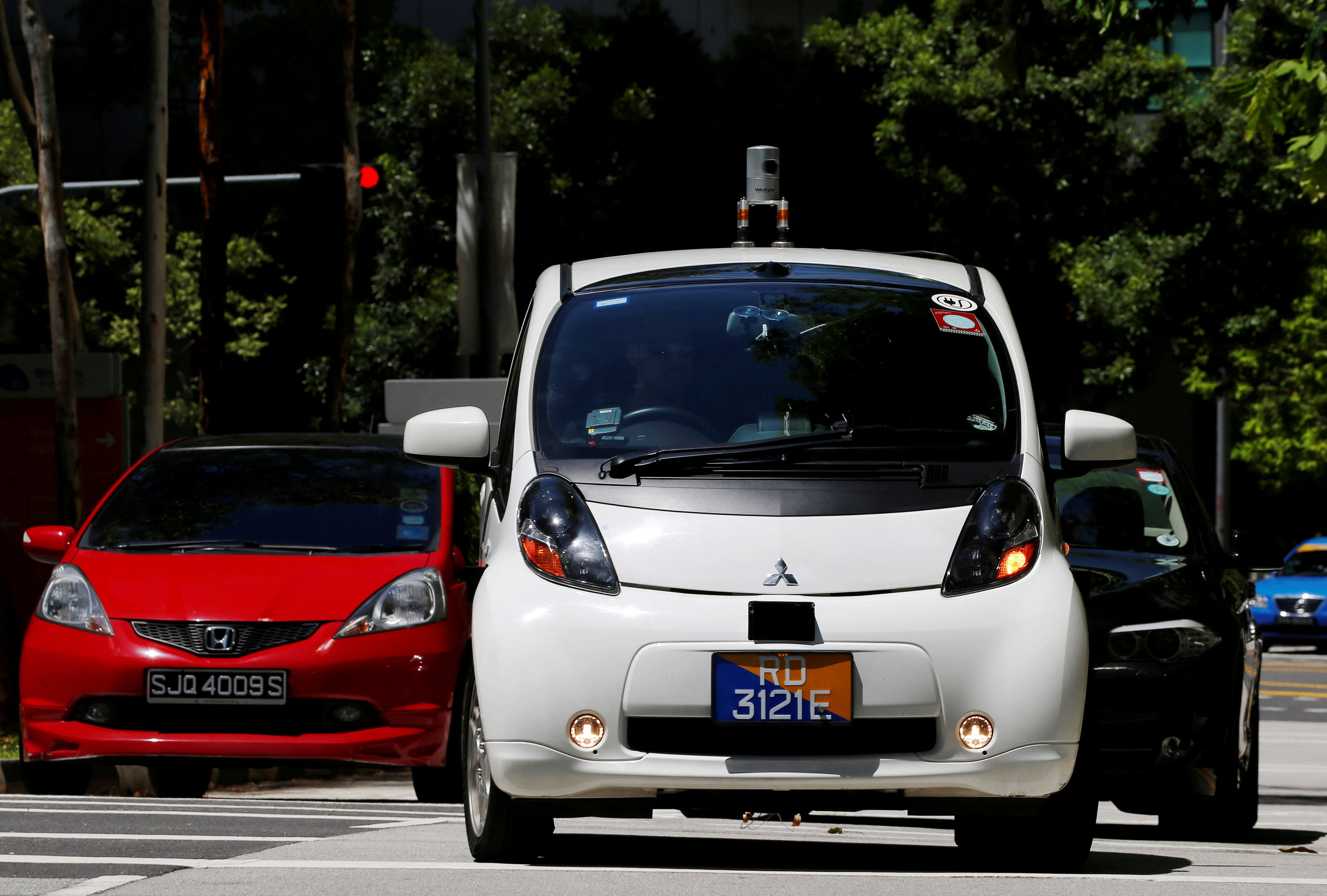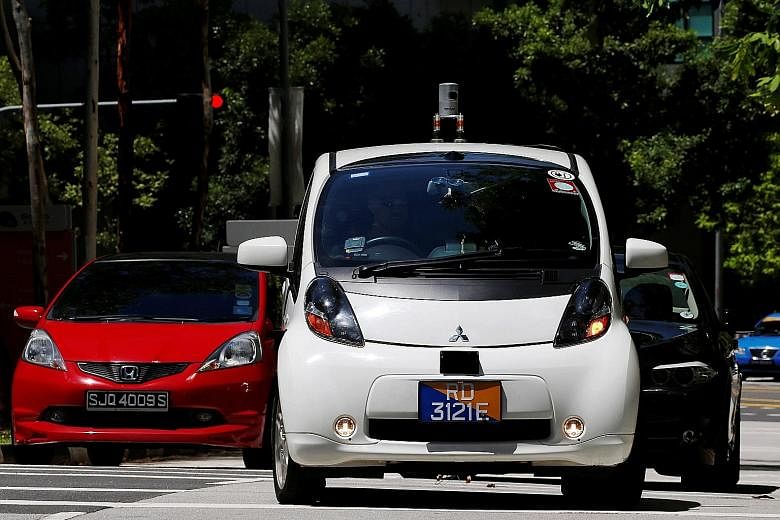Transport, they say, is not an end in itself. No one commutes for the sake of commuting.
That is true if you are taking a bus, a train or a plane. Also largely true if you are cabbing or, as the trendy prefer, Ubering.
But if you are in the increasingly frowned-upon segment of society which prefers to drive, getting there is half the fun. Actually, in a well-sorted, adequately equipped and beautiful-sounding car, getting there may well be all the fun.
My name is Christopher Tan and I'm a motoring enthusiast.
I had my first heady taste of motorised mobility on a motorcycle - a canary-yellow Suzuki PE175 - in the early 1980s. It was a fourth-hand bone-shaker of a scrambler which you could hear before you could see coming.

After two other bikes and thousands of kilometres - many clocked in Malaysia and Thailand - I transitioned to four wheels, at the behest of my good wife.
And my addiction quickly deepened. It would have been an expensive addiction too, if not for a job that has allowed me access to many good, some bad and a few ugly cars.
I have driven more than 1,000 of them, and I confess I still love being at the wheel. Sure, with modular platforms, engine sharing and technology transfers happening faster than ever, cars are more homogeneous today than they were 30 years ago.
The dizzying rate at which manufacturers are churning out new products does not help.
Still, driving a bland car is arguably better than being in a private-hire vehicle driven by a 21-year-old who relies solely on satellite navigation to get you to your destination.
Or in a cab which reeks of stale tobacco, occupied by a driver with a chronic cough.
Which is why I take the MRT and the bus (in that order of preference) whenever I choose not to drive, such as times when I know the roads are going to be congested (and pricey) and parking is going to be a hassle (or pricey).
Those times are few. In Singapore, driving is mostly painless - certainly more painless than in any other city with a similar population density.
Driving is often three times faster than commuting by public transport here, too. But to me, driving is more than getting from A to B, which is admittedly mundane.
The notion of being in control of a machine that delivers motion, speed, grace, power and comfort in a climate-controlled personal space is liberating.
That such a machine has advanced so much that it is now not only an extension of the driver, but also an extension of his home and office is near fantasy.
And being at the wheel of even the humblest car is therapeutic. You can zone out and focus on nothing but the road, the car and the world passing you by, one lamp post at a time.
For these reasons and more, I have mixed feelings about autonomous cars. The geek in me looks forward to the day when I can summon a driverless pod via my phone and be transported to my destination by a ghost in the machine, as it were, with minimal fuss.
But the driver in me is reluctant to surrender my free will to an algorithm that decides, among other things, whom I should share my journey with. And if probability has its way, it would occasionally be someone smelling of stale tobacco with a chronic cough. Unlike in a train carriage, you cannot move to another location when this happens.
Make no mistake, the world of autonomous vehicles is attractive to city planners and policymakers only because of its propensity for efficiency. And that propensity is realisable only if vehicles are shared - intensely.
Think of it as an extreme form of UberPool, sans driver. Or being in a horizontally-moving lift, without Kenny G's music.
As for efficiency, the jury is still out. There are studies which indicate that autonomous vehicles will in fact lead to higher demand for cars and higher energy consumption.
For one thing, folks who cannot drive today - those who are too young, too old, infirmed or disabled - will want to have access to a car if they have the economic means.
Even those who do not have the economic means of owning one might want to summon a driverless UberPool-type car, thereby diminishing demand for trains and buses.
The wealthy would want to have their own personal autonomous car, preferably with a manual override. So, the COE system will likely continue to be relevant.
People will not mind living farther away from their workplaces, as they will no longer have to deal with the tedium of driving long distances and, in fact, can use their time onboard productively.
Driverless cars will have to either cruise empty in anticipation of demand or park in far-off places - both of which will incur more energy consumption.
And because driverless cars will operate like bees in a hive, their vulnerability to systems-wide glitches that will paralyse part of or the entire fleet cannot be ruled out. The outcome of such glitches will be akin to those which affect our trains today.
And if buses are autonomous, they will be exposed to similar risks.
It is a brave new world full of promises and perils. And just so we insure ourselves against the latter, this brave new world must continue to accommodate people who prefer to drive.


